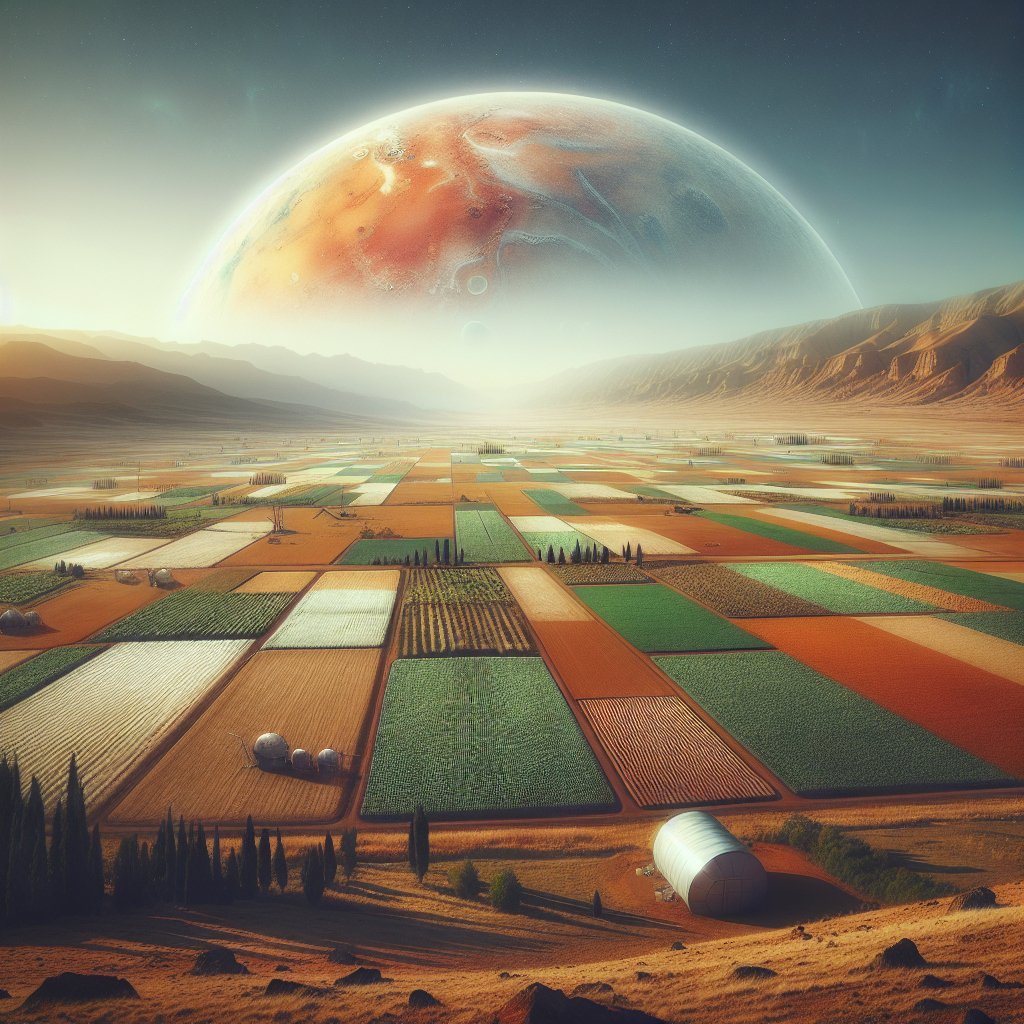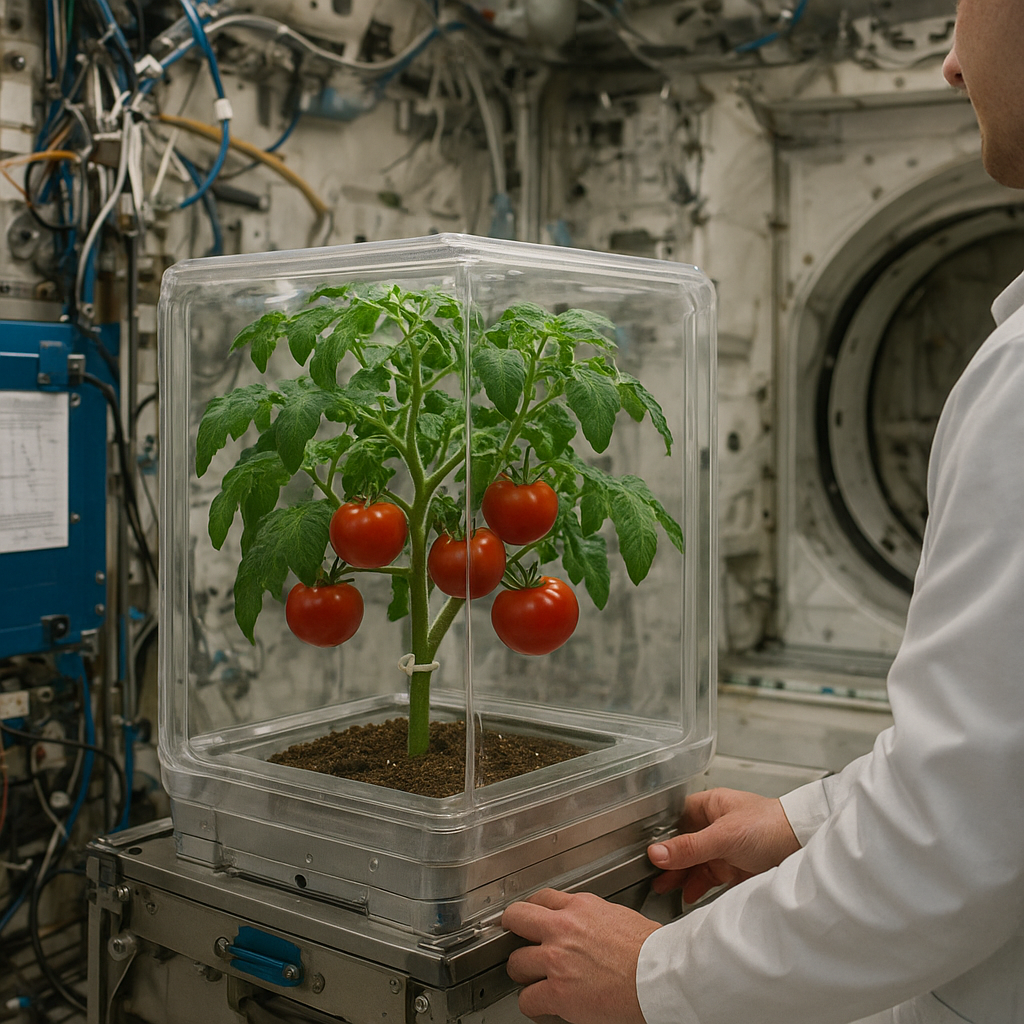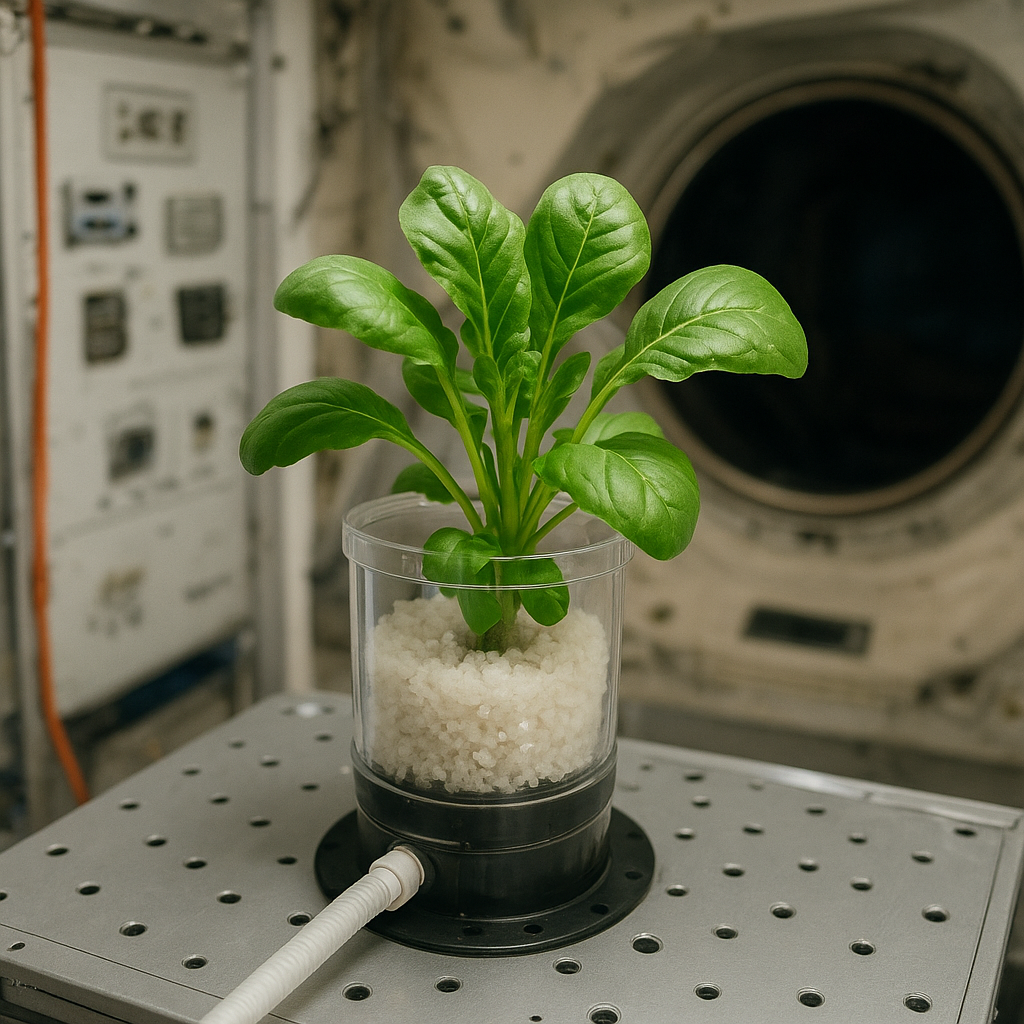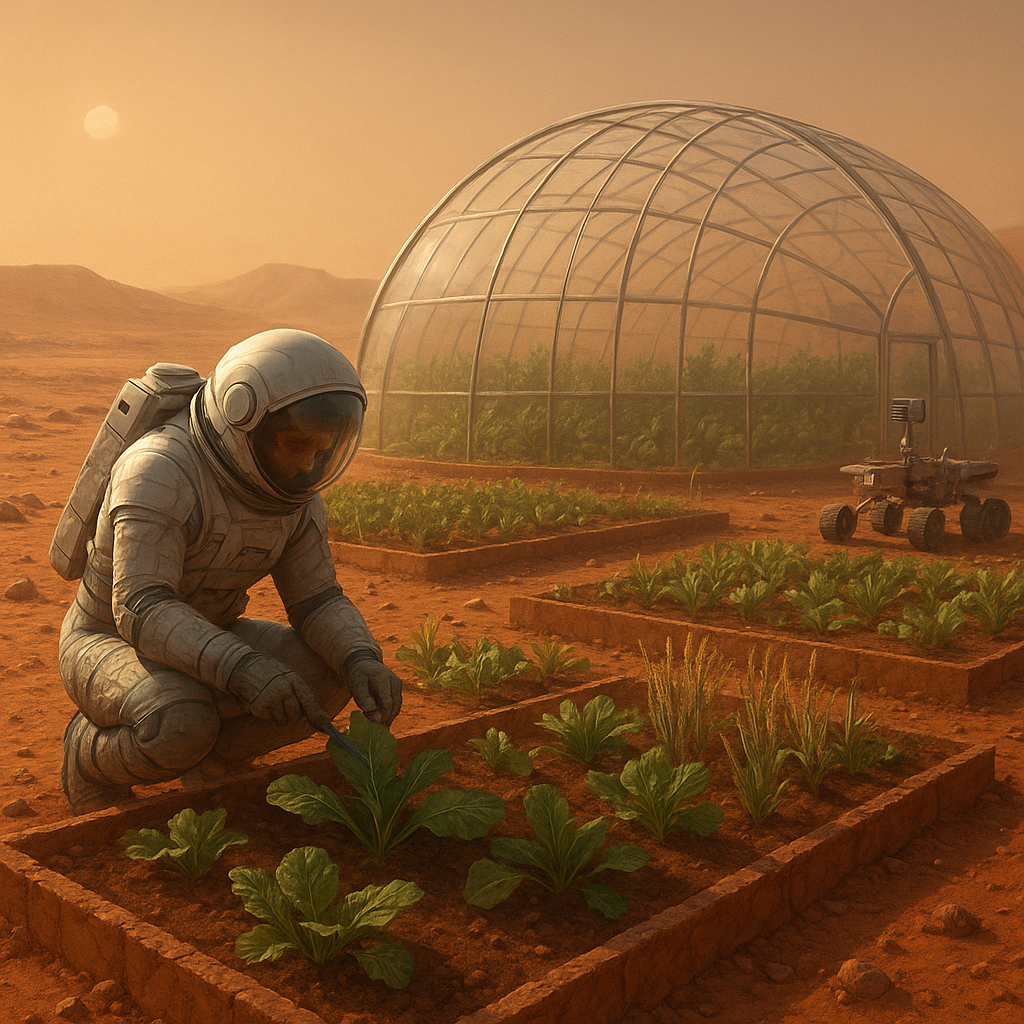The concept of terraforming Mars has captivated scientists, futurists, and the general public alike, raising the question: can agriculture play a pivotal role in making this dream a reality? As humanity looks to the stars for potential new homes, the integration of agricultural practices into the terraforming process could be essential for creating a sustainable environment on the Red Planet. This article explores the intersection of agriculture and space exploration, focusing on the challenges and possibilities of cultivating crops on Mars, and how these efforts could contribute to the broader goal of terraforming.
The Challenges of Martian Agriculture
Before delving into the potential of agriculture on Mars, it is crucial to understand the unique challenges posed by the Martian environment. Mars is characterized by its thin atmosphere, extreme temperatures, and lack of liquid water, all of which present significant hurdles for traditional farming methods.
1. Atmospheric Conditions
The Martian atmosphere is composed of approximately 95% carbon dioxide, with only trace amounts of oxygen and nitrogen. This composition is vastly different from Earth’s atmosphere, which is rich in nitrogen and oxygen, essential for plant growth. The low atmospheric pressure on Mars, about 0.6% of Earth’s, means that water would evaporate quickly, making it difficult to maintain the necessary moisture levels for crops.
2. Temperature Extremes
Temperatures on Mars can vary dramatically, ranging from -125 degrees Celsius during winter at the poles to a maximum of about 20 degrees Celsius at the equator during summer. These extremes pose a significant challenge for growing crops, as most plants require a stable temperature range to thrive. Additionally, the lack of a protective magnetic field exposes the surface to harmful cosmic radiation, which could damage plant cells and hinder growth.
3. Water Availability
Water is a critical component for agriculture, and Mars presents a unique challenge in this regard. While evidence suggests that liquid water may exist beneath the surface, accessing it would require advanced technology and significant energy resources. Moreover, the presence of water in the form of ice raises questions about its usability for irrigation and crop cultivation.
Innovative Solutions for Martian Agriculture
Despite these challenges, researchers and scientists are exploring innovative solutions to make agriculture on Mars feasible. These solutions encompass a range of technologies and methodologies that could help create a sustainable agricultural system on the Red Planet.
1. Controlled Environment Agriculture (CEA)
Controlled Environment Agriculture (CEA) involves growing plants in a controlled environment, such as greenhouses or indoor farms, where factors like temperature, humidity, and light can be regulated. This approach could be particularly beneficial on Mars, where the external environment is harsh and unpredictable. By utilizing hydroponics or aeroponics, crops could be grown without soil, using nutrient-rich water solutions instead. This method not only conserves water but also allows for precise control over nutrient delivery, promoting faster growth and higher yields.
2. Genetic Engineering and Crop Selection
Another promising avenue for Martian agriculture is the use of genetic engineering to develop crops that are better suited to the Martian environment. Scientists are exploring the possibility of modifying plants to enhance their resilience to extreme temperatures, low atmospheric pressure, and high radiation levels. Additionally, selecting hardy plant species that can thrive in suboptimal conditions could be crucial for establishing a sustainable agricultural system on Mars.
3. Utilizing Martian Resources
To reduce the reliance on Earth for agricultural inputs, researchers are investigating the potential of utilizing Martian resources. For instance, regolith, the loose soil found on Mars, could be processed to create a suitable growing medium for crops. Furthermore, the extraction of water from ice deposits or the use of atmospheric water generators could provide the necessary hydration for plants. By leveraging local resources, the sustainability of Martian agriculture could be significantly enhanced.
4. The Role of Microorganisms
Microorganisms play a vital role in soil health and plant growth on Earth, and their application could be equally important on Mars. By introducing beneficial microbes that can enhance nutrient availability and promote plant growth, researchers could improve the chances of successful crop cultivation. Additionally, certain microorganisms may help in breaking down Martian regolith to release essential nutrients for plants.
The Broader Implications of Martian Agriculture
The successful establishment of agriculture on Mars would have far-reaching implications, not only for the potential colonization of the planet but also for our understanding of sustainable practices on Earth. The challenges faced in Martian agriculture could inspire innovative solutions that may be applicable to addressing food security and environmental issues on our home planet.
1. Advancements in Agricultural Technology
The pursuit of Martian agriculture could drive advancements in agricultural technology that benefit Earth. Techniques developed for growing crops in controlled environments, such as vertical farming and precision agriculture, could help optimize food production in urban areas and regions facing climate challenges. The need for efficient water use and nutrient delivery systems could lead to innovations that enhance agricultural sustainability worldwide.
2. Insights into Ecosystem Management
Studying how crops can be grown in extreme environments like Mars could provide valuable insights into ecosystem management and restoration on Earth. Understanding how plants adapt to harsh conditions could inform conservation efforts and help develop strategies for rehabilitating degraded ecosystems. Additionally, the research conducted on Mars could shed light on the potential for life in extreme environments, expanding our knowledge of biology and ecology.
3. A New Perspective on Food Security
The challenges of feeding a growing global population are becoming increasingly pressing, and the exploration of agriculture on Mars could offer new perspectives on food security. By developing resilient crops and innovative farming techniques, we may find solutions that can be applied to improve food production in regions facing climate change, resource scarcity, and other challenges. The lessons learned from Martian agriculture could inspire a new wave of sustainable practices that prioritize resilience and adaptability.
Conclusion
As humanity embarks on the journey to explore and potentially colonize Mars, the role of agriculture in this endeavor cannot be overstated. While the challenges of growing crops on the Red Planet are significant, innovative solutions and advancements in technology offer hope for a sustainable agricultural system. The implications of successful Martian agriculture extend beyond the confines of space exploration, providing valuable insights and advancements that could benefit life on Earth. Ultimately, the quest to terraform Mars and establish a thriving agricultural ecosystem may not only pave the way for human habitation on another planet but also inspire a new era of sustainable practices and food security on our home planet.




